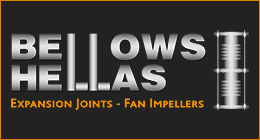
A solid solution of one or more elements in face-centered cubic iron. Unless otherwise designated (such as nickel austenite), the solute is generally assumed to be carbon.

The name given to the face-centered cubic crystal structure (FCC) of ferrous metals. Ordinary iron and steel has this structure at elevated temperatures; also certain stainless steels (300 series) have this structure at room temperature.

Forming austenite by heating a ferrous alloy into the transformation range (partial austenitizing) or above the transformation range (complete austenitizing). When used without qualification, the term implies complete austenitizing.

The total number of shares a company is authorised to issue by reference to its memorandum and.

In the US, the total number of shares which a corporation may issue, in accordance with the limits.

The concept in technical analysis that a trend in a share price is more meaningful if the number of.

Association of Unit Trusts and Investment Funds A trade association formed in 1959 to represent the interests of unit trusts and known then as.

A computer based trading system operating in futures markets incorporating the features of open.

(ATM)Also known as cash dispenser. A computerised self service machine allowing the holder of an ATM.

A system that records the consumption of electricity, gas, water, etc, and sends the data to a central data accumulation device.

A device that cuts off the flow of hot or cold air to or from a room as controlled by a thermostat.

A mooring winch with the additional ability to haul or render a mooring rope within selectable limits without direct human intervention.

A device which operates compressors in sequence according to a programmed schedule.

A term used by the London Stock Exchange to denote a trade generated by the system through automatic.






































